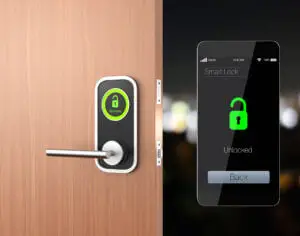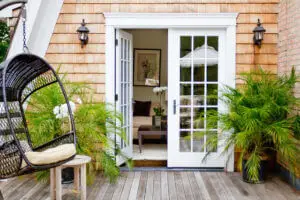Ever felt the need to up your home’s security game or simply refresh the locks for aesthetic reasons? Replacing door locks might seem daunting, but with the right tools and patience, it’s a task you can confidently undertake. By the end of this guide, you’ll have the knowledge and confidence to change door locks like a professional locksmith.
Why Replace Your Door Lock?
Your home’s door lock is like a silent guardian, protecting your safe haven. But as with all things, there comes a time when you might need a change. Let’s dive into why you might want to upgrade that trusty old lock.
Security Concerns and Lock Upgrades
In our evolving world, ensuring optimal security is paramount. And just like technology, even locks get outpaced. Older locks may not provide the protection they once promised. You can refer to the grading system by the American National Standards Institute (ANSI). You must upgrade to bolster your home’s defense against potential threats if you have a lower-tier lock.
Aesthetic Changes and Home Renovations
Locks are not merely functional. They’re an integral part of your home’s appearance. If you’re sprucing up their space or renovating, you might also want to consider updating your door lock. Modern locks come with designs that balance style and function.
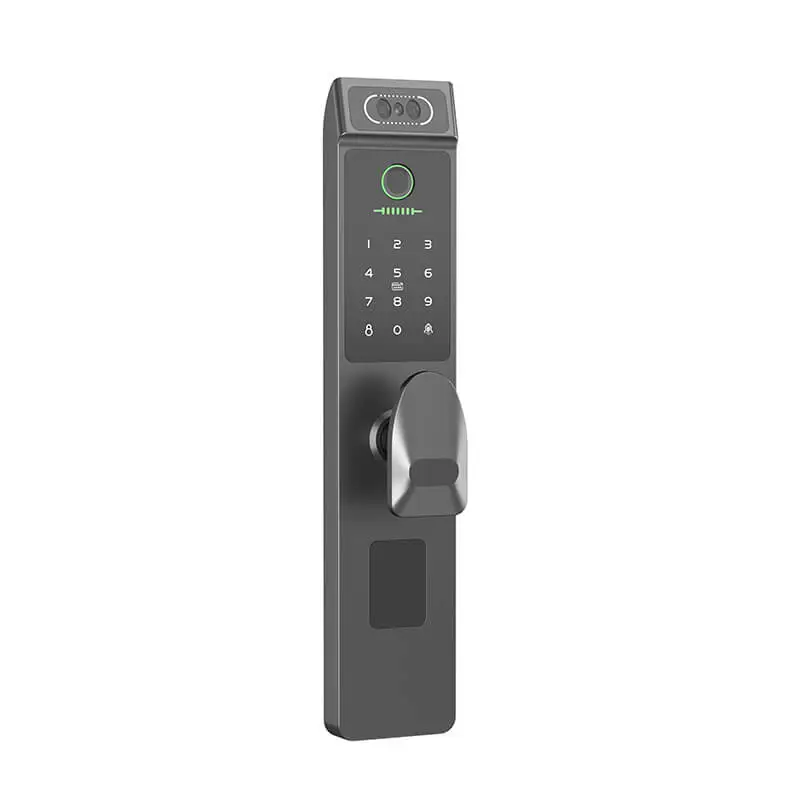
Understanding Different Types of Door Locks
Navigating the World of Door Locks
There’s a whole world of locks, each with quirks, features, and specialties. Pick the perfect partner for your door by familiarizing yourself with these diverse types. Let’s get into it!
Deadbolt Locks:
Often referred to as the superheroes of the lock world, these are a top pick for exterior doors. Why? Their lack of a spring mechanism makes them incredibly tough, almost like they’ve been working out! ANSI has a grading system for these bad boys. They’re the Captain Americas of security.
Knob Locks:
These are the friendly neighbors of the lock community. You’ll frequently find them on the interior doors, offering a convenient locking mechanism inside their knob. Yet, Home Improvement Stack Exchange suggests better alternatives for your front door lock change. Knob locks can be a tad more vulnerable to forceful tactics.
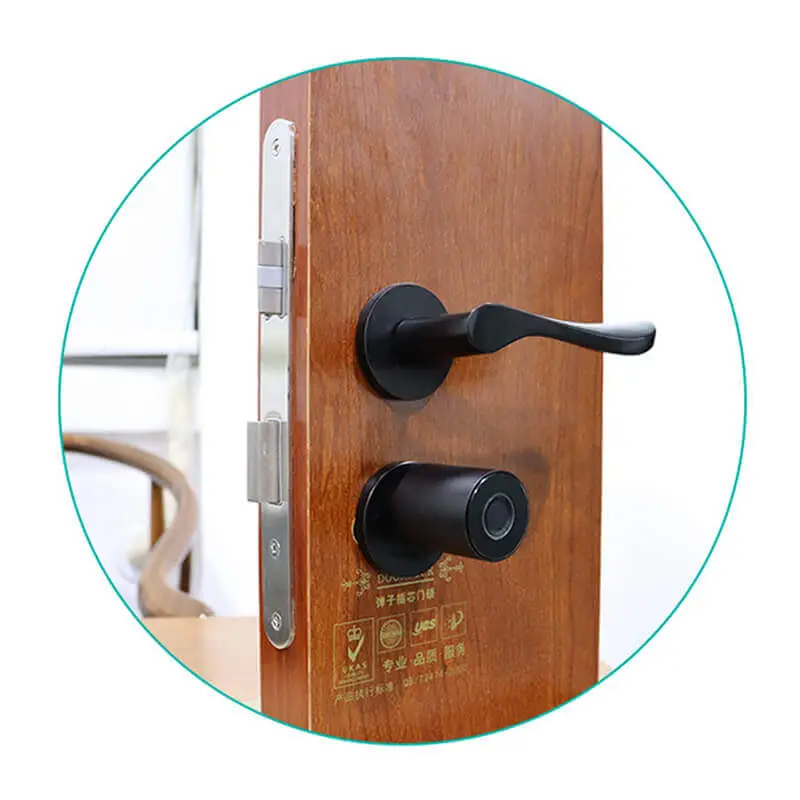
Lever Handle Locks:
Sophisticated and easily handled, especially in bustling commercial spaces. With their ergonomic design, they’re a pleasure. But, like knob locks, they’re best suited for indoor affairs.
Cam Locks:
These little wonders are the unsung heroes. Often safeguarding our files in cabinets or keeping our mail secure. Their cylindrical design, paired with a key-operated mechanism, is pretty nifty. If you’re curious about the nuts and bolts of cam locks, the Locksmith Ledger has an in-depth look into their world.
Padlocks:
The nomads of the lock family! These guys are unique because they aren’t bound to a door or drawer. They’re free spirits, portable, and versatile. You can get them in key-operated and combination flavors. But they’re more for on-the-go security. Should not replace your front door lock.
Preliminary Steps Before Replacing a Lock
Choosing the Right Replacement Lock
The first hurdle is choosing its successor when replacing that trusty old lock. Think of it as matchmaking for doors! What’s your door’s personality? Is it a majestic front door, a discreet back door, or a chirpy bedroom door? Factor in its location, purpose, and how beefed up you’d like its security. And if you’re wondering which lock would woo your door best, there’s always the Locksmith Ledger to the rescue.
Essential Tools and Equipment
Before you dive into the world of screws, latches, and deadbolts, let’s prep your toolkit. Arm yourself with a trusty screwdriver, measuring tape, chisel, and hammer. Remember, in the world of DIY, your tools are your comrades.

The Replacement Process
Replacing door locks sounds intimidating. But, like most home DIY projects, it’s all about breaking it down step by step.
Removing the old Lock
- Step 1 – Before anything else, make sure your door’s wide open. We don’t want to accidentally seal ourselves in, especially if the lock decides to throw a fit.
- Step 2 – Examine your door’s inside part. Are those screws holding the knob or handle in place? Spot them. They’ll typically hang out on the faceplate or casually to the side.
- Step 3 – Grab your screwdriver and gently twist those screws out. The inside and outside knobs should part ways when they’ve backed out enough. Don’t forget to keep those screws in a safe spot.
- Step 4 – You should see that metal plate where the latch pops into the door frame. That’s our strike plate. Please give it a gentle unscrew and keep it nearby.
Installing the New Lock
- Step 1 – Before introducing your door to its new partner, ensure the door’s holes and the lock’s specs are on the same page. Although many of today’s locks cater to standard door designs, double-checking always helps.
- Step 2 – Pop the new latch into the door’s side. Ensure the curved part of the latch bolt faces the direction your door closes. Tighten it with some screws.
- Step 3 – From outside, usher in the new handle or knob. If it comes with a cable or tiny wire, guide that through first.
- Step 4 – Align the inside handle, ensuring it matches with rods or connectors. When everything’s cozy, seal the deal with some screws.
- Step 5 – Remember the old strike plate? Its successor goes precisely where it used to be.
- Step 6 – After installing, give that knob a few turns, lock it, unlock it, and make sure it’s all silky smooth. It’s better to catch little quirks now than during a late-night ice cream run!
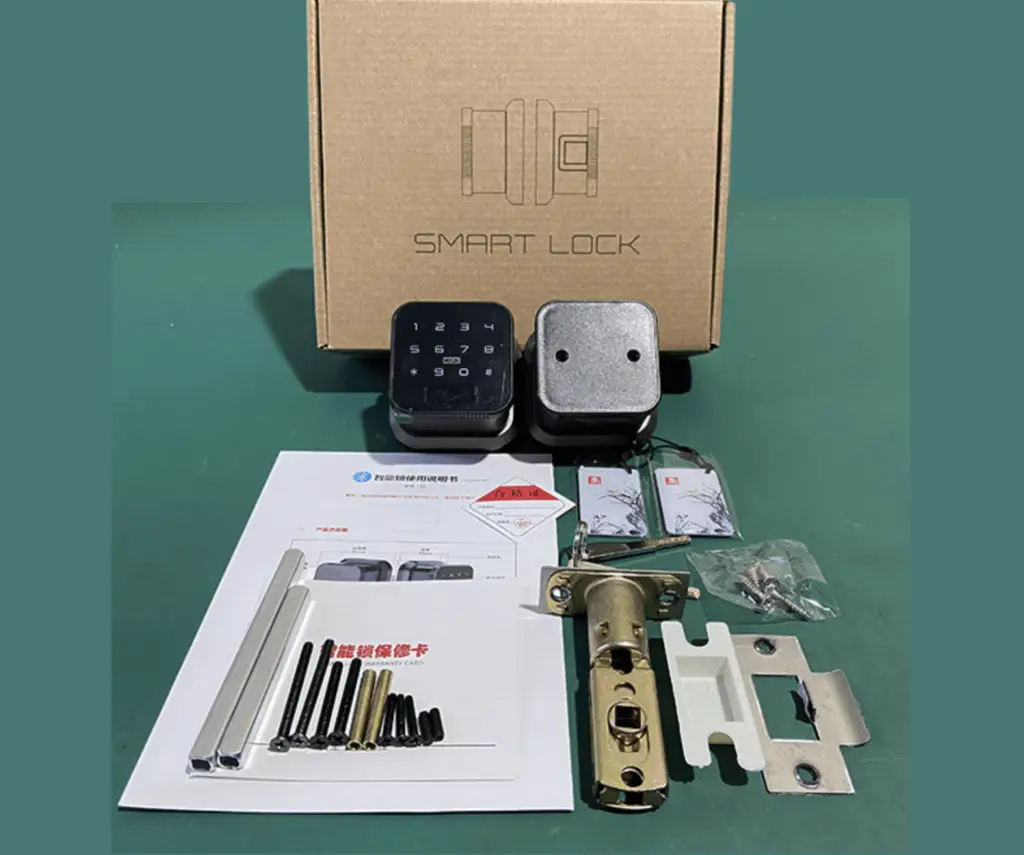
Tips and Common Mistakes to Avoid
Ensuring Correct Alignment
Misalignment is one of the most common mistakes when replacing a lock. Ensure that the latch bolt lines up perfectly with the hole in the door frame. Misalignment can cause the lock to jam or malfunction.
Keeping the Door Mechanism Smooth
Regularly lubricate your lock mechanism with a dedicated lubricant. A well-maintained lock lasts longer and better serves its purpose.
Additional Resources and Expert Insights
When to Call a Professional Locksmith
Feel free to call a professional if you are unsure or have problems. As discussed in Home Improvement Stack Exchange, some situations require expert handling.
Maintaining Your New Lock for Durability
Locks, like any other machinery, need regular maintenance. Cleaning and lubricating every few months can enhance their lifespan and performance.
Conclusion
Locks are crucial in ensuring our homes remain sanctuaries, free from unwelcome intrusions. How comfortable are you with your current door locks, and do you feel a replacement is in order? Focus on your home’s security and aesthetic needs, and when the time comes for a lock replacement, you now have a guide to lean on.



